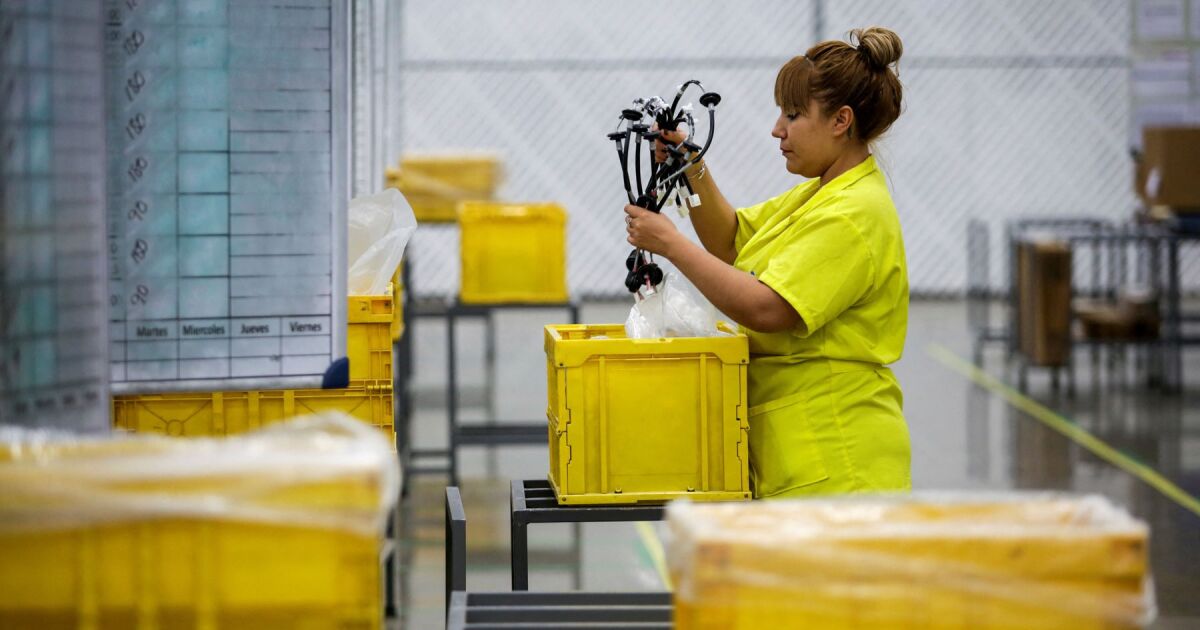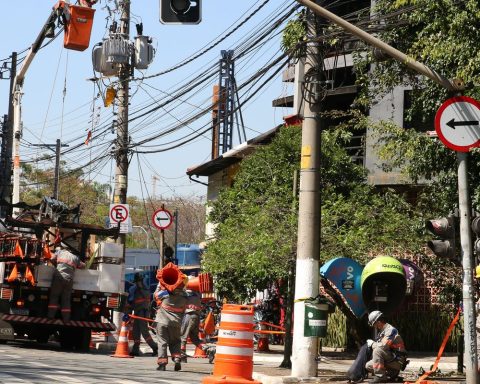Jordi Ciuró, a partner in the industrial and operations practice at Bain & Company, said this is striking because Mexico, due to its location and proximity to the United States, should be obtaining a greater benefit.
In addition, Mexico is a leading producer of many goods that the United States is purchasing from those Asian countries.
“These countries are growing at a faster rate than Mexico and we took on the task of analyzing them, because they may be different products that Mexico does not manufacture, which would make sense, (…) but we realized that more than half of their growth has been in products in which Mexico is currently the leader,” said Ciuró.
These products, which Mexico can supply to the United States, reach a value of more than 50 billion dollars in the electrical equipment, machinery, mechanical elements and metals sectors.
Overall, the value of Mexico’s exports has a greater opportunity, if inertial growth continues, they will only increase by 310 billion dollars by 2030, but if all bottlenecks are resolved to trigger nearshoring, they can grow by 500 billion.
From 2015 to 2019, the value of Mexico’s exports shows a real growth of 17%, while from 2019 to 2023, it increased by 12%, which means a slowdown.
What are the factors that prevent Mexico from taking greater advantage of nearshoring and increasing its exports? Armando Flores, senior manager at Bain & Company, pointed out that there is very little development of ecosystems and production clusters; deficiencies in logistics infrastructure, restricted energy and water supply, lack of highly qualified and skilled human talent, low competitiveness due to high financing costs and insecurity.
“We believe that Mexico has an opportunity to accelerate and grow its activity far beyond what it has grown in recent years, but as can be seen, there are many challenges ahead.”
















